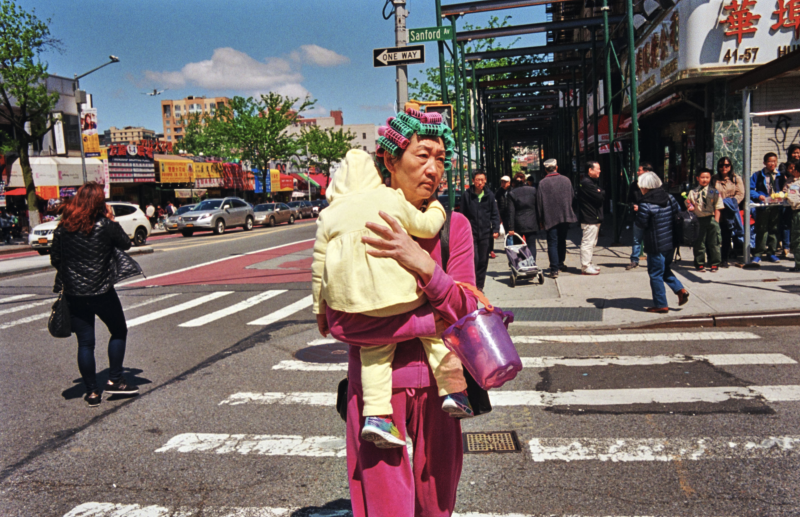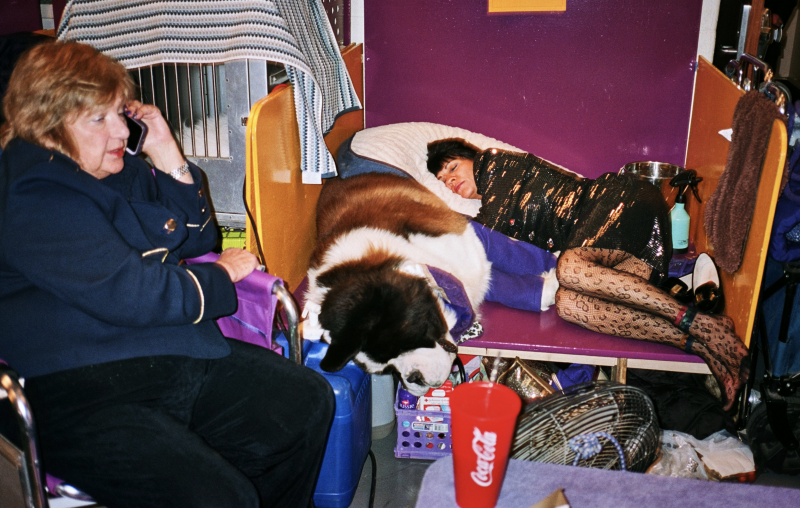Julian Master never planned to become a photographer. “Growing up, I was more interested in recording music and recording albums,” he says. “At some point I started carrying a little camera around because I felt compelled to take photos of my friends all the time. It was hard to explain the urge.” Now a product photographer for kitchen electrics, Master is also an expert at capturing comical, weird and surreal photography.
From a close up of a seagull scarfing down a french fry to a woman with rollers in her hair walking through Flushing in Queens, his photographs articulate something oddly foreign and uncannily familiar about American culture. “I think the surrealness factor is interesting. I’m interested in things that perhaps couldn’t exist in real life,” he says. From the thousands of pictures he takes every year, Master only shares 100 or less. “I wouldn’t say I see the world from a surreal lens exactly, but the photos that make it through the cut might come across as a little surreal because that’s what I’m interested in showing.”

While he often goes unnoticed (“It’s New York, and people are really busy.”), Master sometimes interacts with his subjects. “I’ll take a photo of somebody and I’ll talk to them a little bit after about what I’m doing,” he says. “I’ll explain it to them [that] they had a cool or funny hat or [were] trying to change their shoes.” Indeed, for all the strangeness in his photography, Master is determinedly down to earth. “If they see that you’re nice and don’t mean them harm, they will react kindly back.”
Apart from his own street photography, Master also photographs clients like American Apparel and VICE. Perhaps one of his most interesting shoots was for the Westminster Kennel Club Dog Show.
By no means a dog show authority (“I like to pet a nice dog, but I’m not in the dog show world at all except the one night we shot it.”), Master focused on the vulnerability of the handlers as well as the overall seriousness of the event. “It was interesting the manner and the way people went about making their dogs better than other dogs. A lot of it had to do with presentation of self, how they dressed, acted, and even what they were eating on the day. A lot of the trainers were getting made up. They were on display as well during competitions.”
In the future, Master plans to create a more cohesive series of work rather than individual “one-off” shots. “I’m interested in longer form work, which makes it a lot more vibrant. I’m not there yet.”







